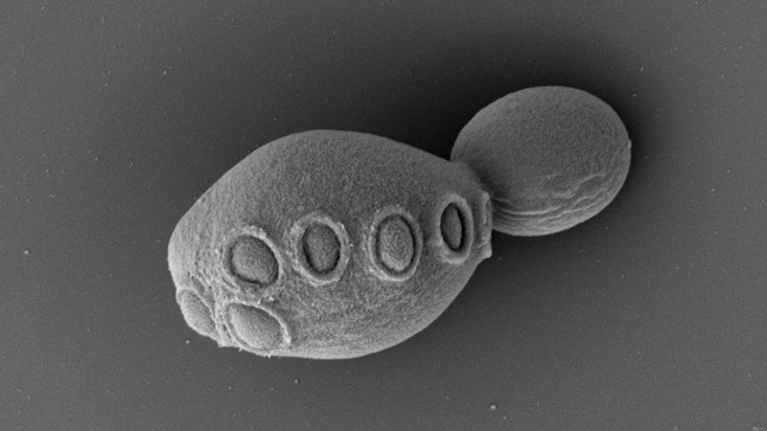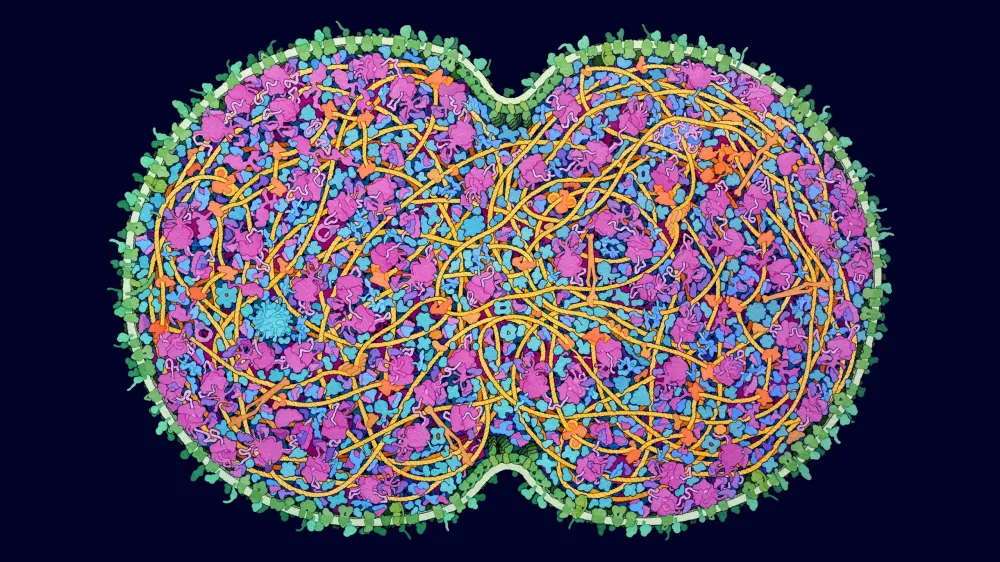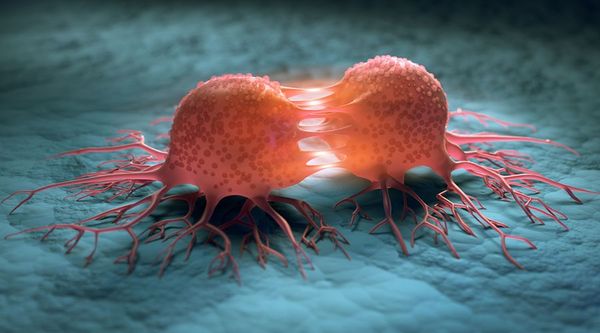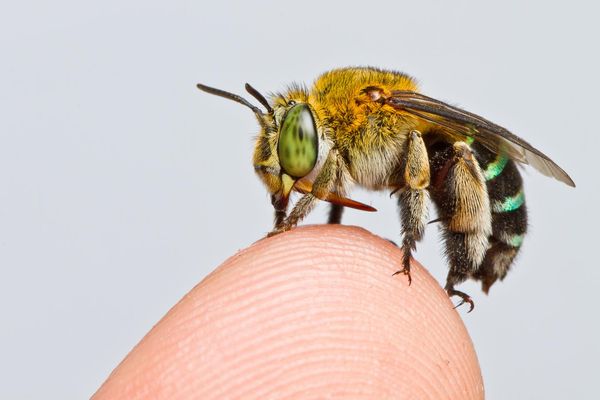First Lab-Made Partly Synthetic Eukaryote Genome

Embarking on a groundbreaking journey, the Synthetic Yeast Genome project (Sc2.0) is illuminating the path toward a fully artificial eukaryotic genome. In a series of papers published in Cell and Cell Genomics, this international research consortium, led by scientists like Jef Boeke, Patrick Yizhi Cai, and Daniel Schindler, reveals the meticulous synthesis of the Saccharomyces cerevisiae genome, using innovative techniques in synthetic biology, genomics, and biological engineering.
Chromosome Synthesis and Debugging
Chromosome Assembly and Telomere Dynamics
Sc2.0 scientists have achieved a significant milestone by synthesizing and debugging all 16 native S. cerevisiae chromosomes. Telomere dynamics, crucial to chromosome stability, were explored in detail during the assembly process, as outlined in the paper "Debugging and consolidating multiple synthetic chromosomes reveals combinatorial genetic interactions."
Enhancing diversity with SCRaMbLE
To introduce genomic diversity, the researchers implemented the "SCRaMbLE" diversity generator, shuffling gene order within and between chromosomes. This step contributed to the creation of a modified yeast strain with over 50% synthetic DNA.
Chromosome Integration and Genetic Editing
Hybrid Strains and CRISPR/Cas9 Technology
The integration of synthetic chromosomes involved interbreeding partially synthetic yeast strains, resulting in a yeast strain with more than 31% synthetic DNA. CRISPR/Cas9 editing addressed growth defects and genetic defects.
Chromosome Substitution Technology
The researchers developed an innovative method called chromosome substitution to transfer specific chromosomes between yeast strains. This demonstrated a proof of concept by transferring the largest synthetic chromosome.

Neochromosome Design and Stability Enhancement
Efforts to enhance genome stability involved creating a neochromosome, a completely artificial chromosome not found in nature. Crafted using artificial intelligence, robotics, and metrology techniques, the neochromosome includes features typical of eukaryotic chromosomes and houses 275 nuclear tRNA yeast genes. This aims to bolster the stability of the fully synthetic yeast genome.
Industrial Implications and Future Applications
The synthesis of the yeast genome extends beyond an academic exercise, holding immense potential for industrial biotechnology. Yeasts, essential in biosynthesis, can be engineered for increased productivity, speed, and resilience. This initiative not only expands our understanding of genome fundamentals but also paves the way for future biotechnological applications.
Future Implications
With the finish line in sight, the collaboration of scientists from New York University, the University of Manchester, and beyond is evident. As the consortium integrates the remaining synthetic chromosomes, the future promises a new era of engineering biology, where entire genomes can be designed and constructed, as noted by Patrick Yizhi Cai.





